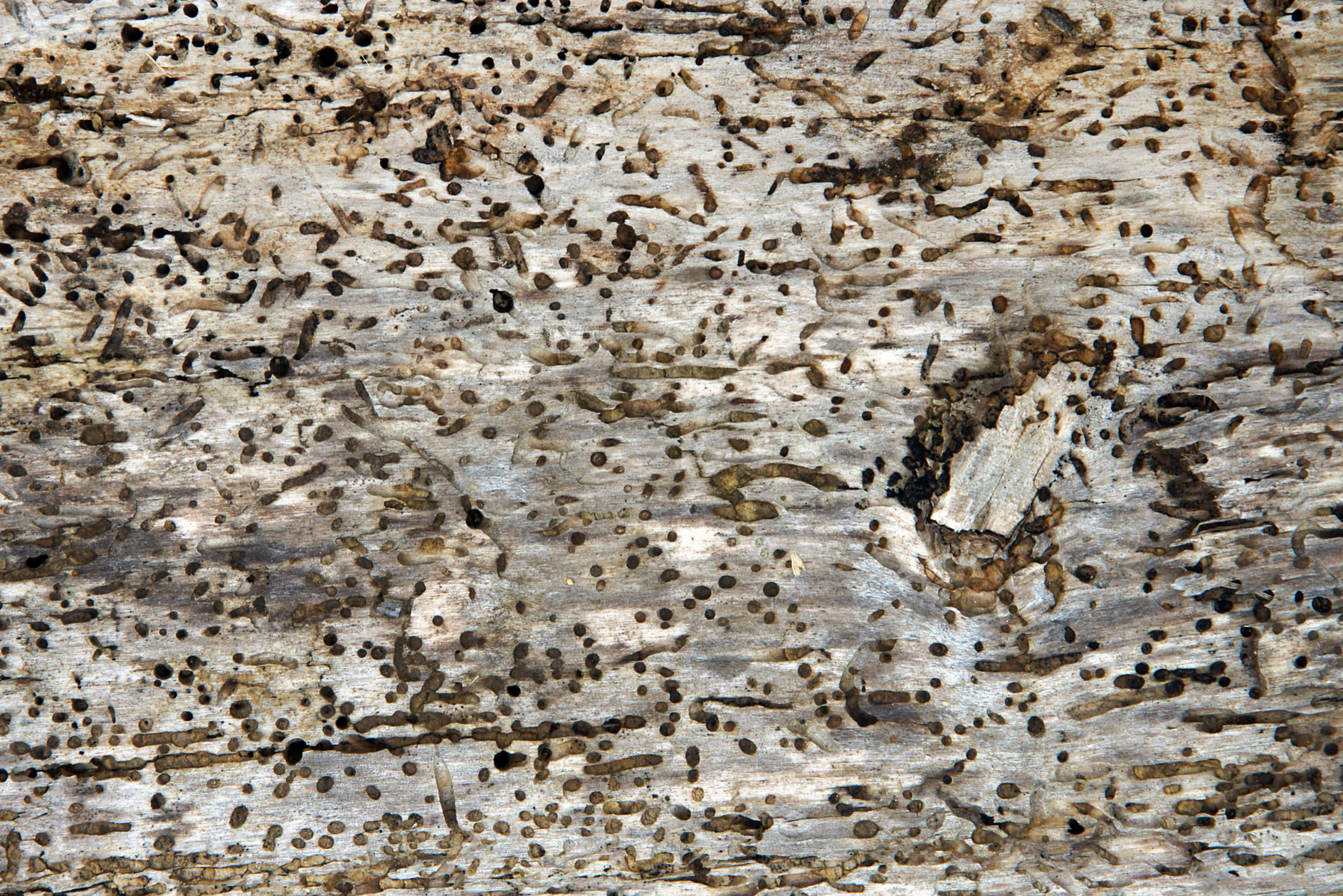What is woodworm?
Woodworm is the name given to several species of insect that live in decaying timber. The most common type of woodworm found in Britain is Fusarium oxysporum f.sp. lycopersici. This pest causes structural damage to wood including rotting timbers used in houses, schools, shops, factories, warehouses, and public buildings.
Woodworm infestation is one of the most common pests in British homes. They cause significant damage by eating away at wooden structures such as decks, fences, siding, windows, doors, furniture, etc. If left untreated, a woodworm infestation can destroy entire pieces of property within months.
There are many species of wood boring insects including termites, carpenter ants, and beetles. While each type of insect causes damage differently, they all feed off the same thing – wood. Once the larvae hatch out of their eggs, they begin feeding on the wood. As they grow larger, they eat deeper into the structure until they reach the heartwood where they die. This process continues until the whole piece of wood is eaten away.
What does woodworm look like?
The problem with woodworm is that you cannot detect the larvae that cause all damage because they do not come up to the surface during their many years of feeding and tunneling through the wood. Their presence is often detected by the tell-tale signs of exit holes in the floorboards, walls, and ceilings.
Typically, the first sign of a woodworm infestation is when the exit holes start appearing. This is because the adults have emerged from the pupal stage and bored their way out of the wood.
By then the larva has developed into a mature insect and bored its way out of the woodwork. The destruction caused by that specific larva has now been completed. The adult woodworm beetle does not harm your home timbers, however, once the adult woodworm emerges, it will fly off to find a mate and establish itself somewhere else. This is because the adult woodworm is looking for a place where it can lay eggs. These eggs hatch into another generation of larvae.
For this reason, it is possible that woodworm can spread to other parts of the house, and so you should definitely protect your timber from it.
Treating woodworm
While some people think of woodworms as harmless, it’s important to know what you’re dealing with. Here are some things to keep in mind about treating woodworm:
• Treating woodworm requires specialised equipment and knowledge.
• Treating wood worm is often complicated because there are multiple stages of treatment required.
• There are several types of treatments available.
• Some treatments work better than others depending on the type of wood being treated.
Woodworm, Dry Rot, Wet Rot, and Rising Damp Specialist in Horsham, West Sussex
At G Jones Plastering and Damp Proofing, our highly skilled and professional team is able to provide a full range of services to suit every type of property. Our aim is to help our customers avoid unnecessary problems caused by wood destroying pests such as woodworm, dry rot, wet rot and rising damp.
We pride ourselves on being able to deliver quality workmanship and customer satisfaction. We take great care to ensure that each project is completed to the highest standard. All our work is fully insured and guaranteed.
If you require further information about any of our services or wish to book an appointment please contact us today.
Request a Quote
Call GJones Plastering on 07812 247397



